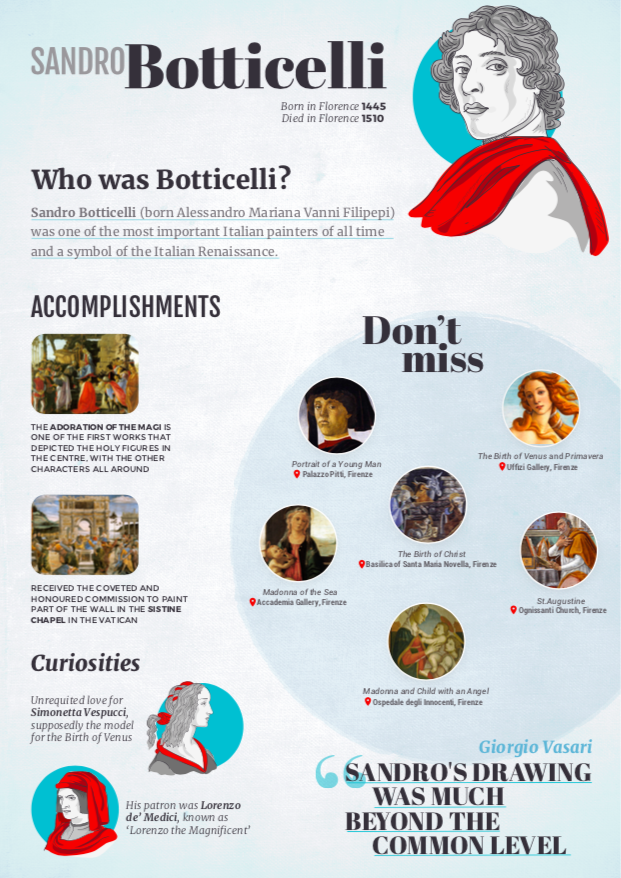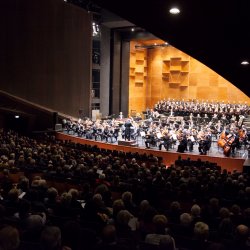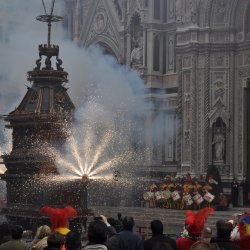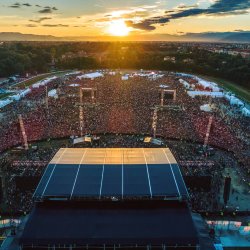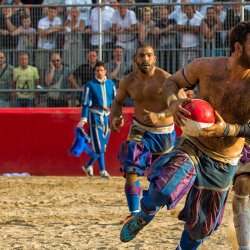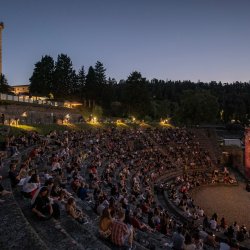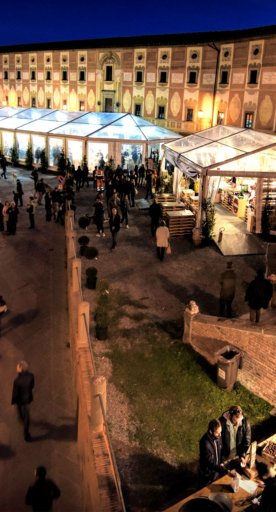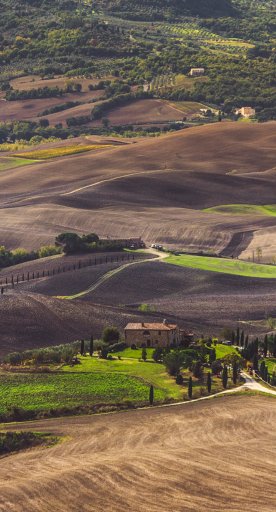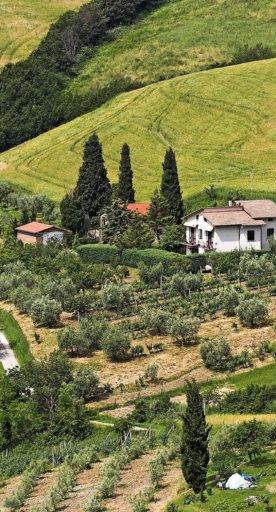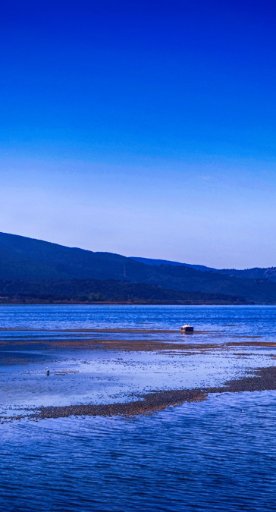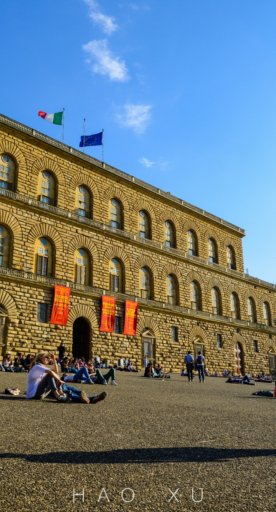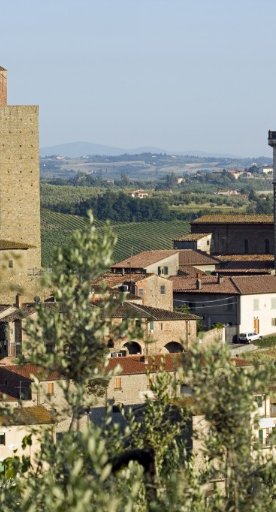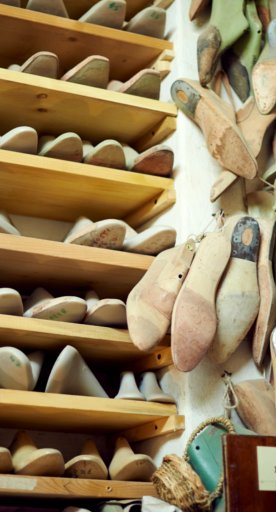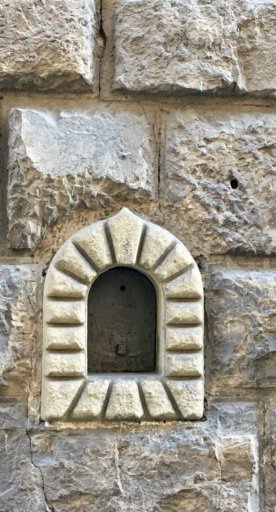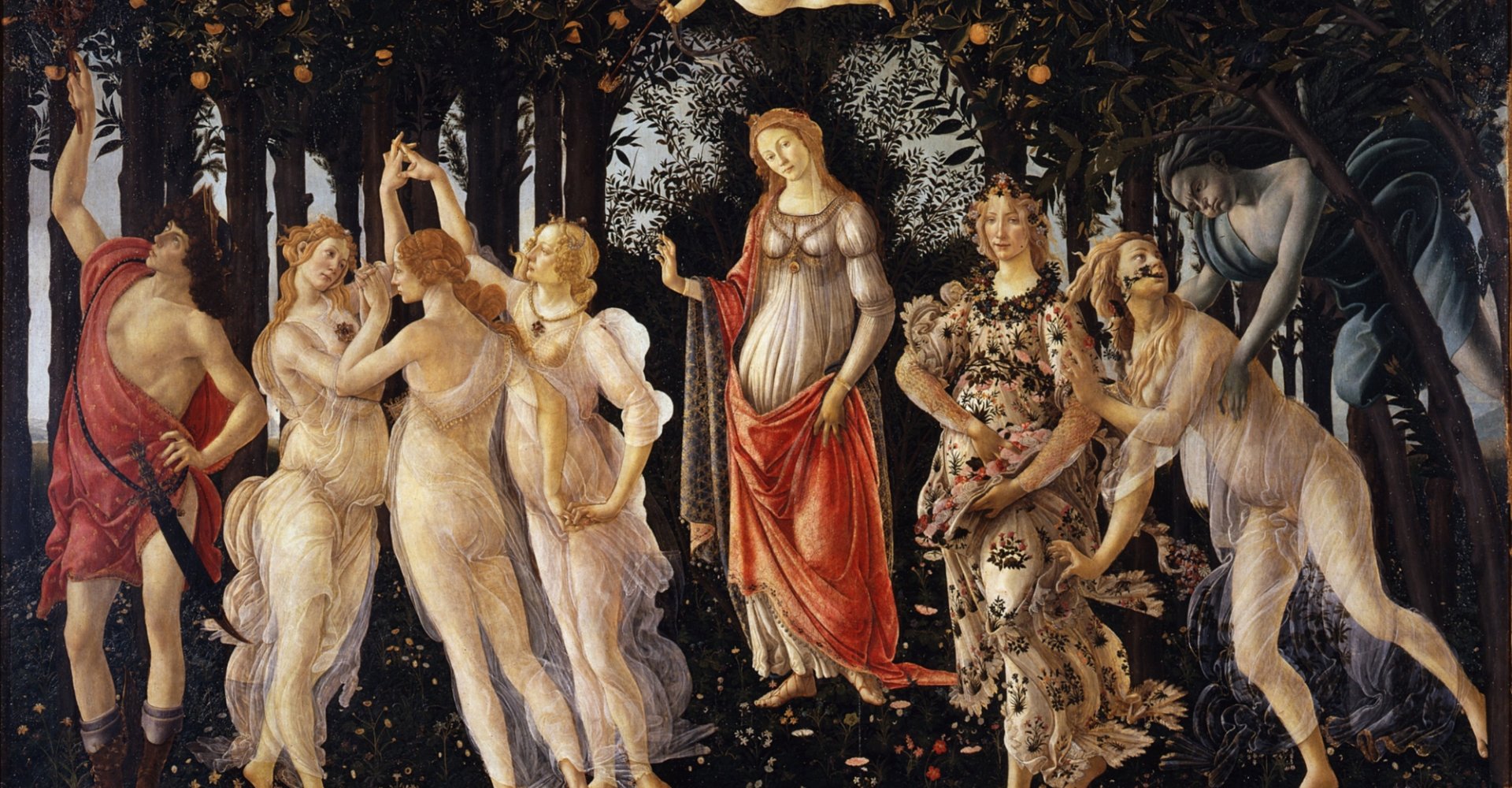
Sandro Botticelli: life, facts, curiosities and art
Read about the man behind The Birth of Venus and The Primavera
Sandro Botticelli is one of the most important Italian painters of all time and one of the symbols of the Renaissance. He’s the Florentine who created some of the most famous works of art in the world.
-
1.Botticelli: life and art
-
2.Botticelli in Tuscany
Botticelli: life and art
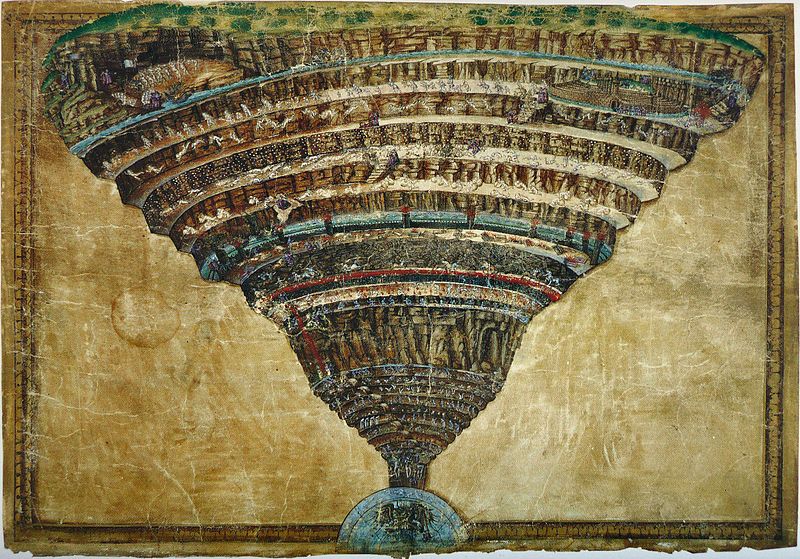
Sandro Botticelli was born Alessandro Mariana Vanni Filipepi, in 1445, in Florence, in Via Nuova (now Via del Porcellana, near Piazza Ognissanti). His father, a tanner, had a shop in the popular district of Santo Spirito. At age 14, Sandro became an apprentice in the workshop of Fra Filippo Lippi.
The earliest work attributed to Botticelli is a Madonna and child with an angle (about 1465), at the Ospedale degli Innocenti (Florence). By 1470, he had his own workshop. Thanks to Medici patronage, in 1481 he was called to Rome by the Pope to contribute scenes to the wall decoration of the Sistine Chapel alongside other artists from Tuscany and Umbria. Back in Florence, “he there wrote a commentary on a portion of Dante and illustrated the Inferno which he printed, spending much time over it, and this abstention from work led to serious disorders in his living." (Giorgio Vasari).
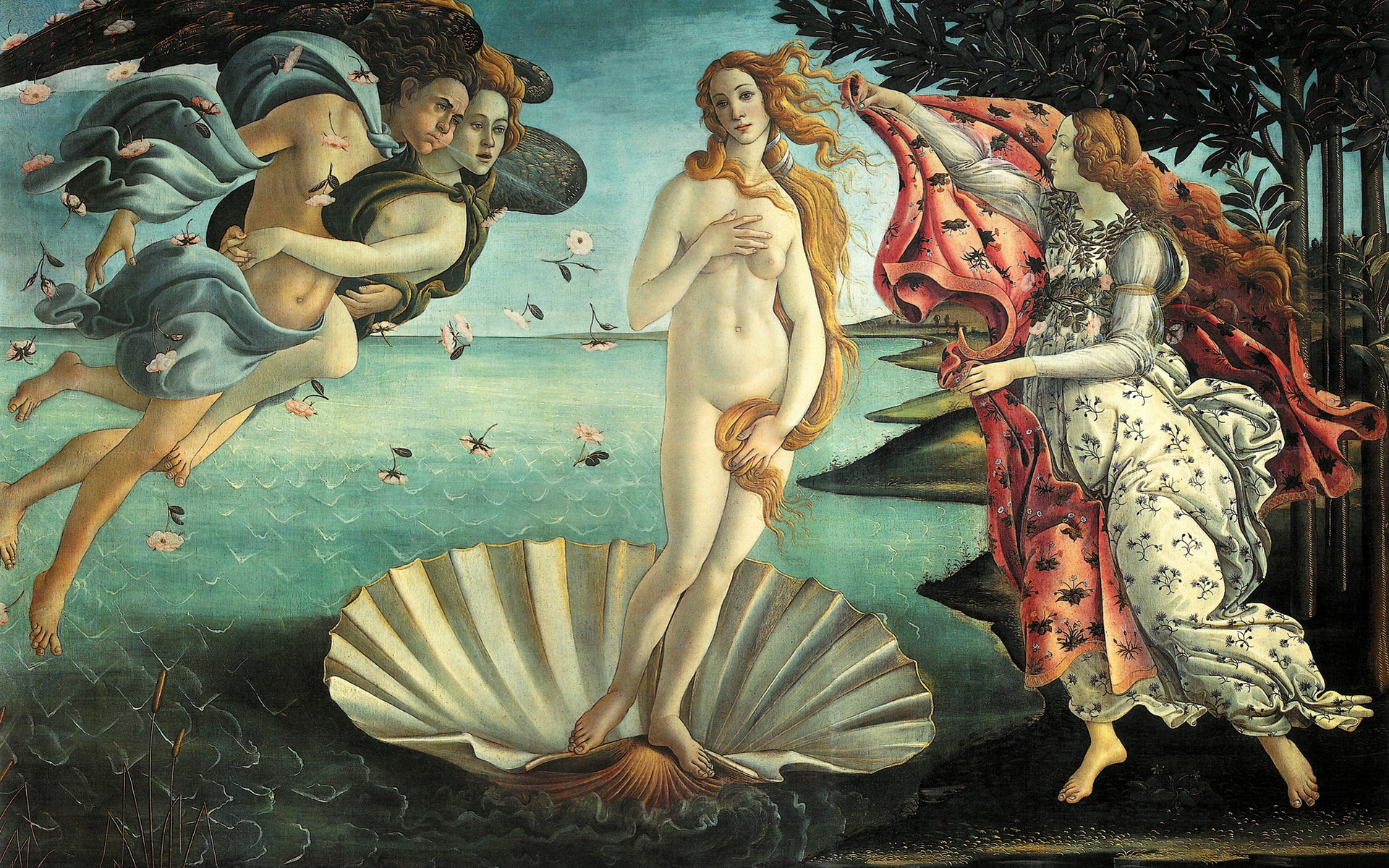
Botticelli’s style is unique amongst his peers in Florence: figures seemingly without bones and not casting shadows, with a decorative elegance unlike the realism of his peers. If you look closely, you’ll see that he outlined faces and bodies with a thin black line, a technique he passed on to his student Filippino Lippi.
Botticelli never wed and expressed a strong aversion to the idea of marriage, a prospect he claimed gave him nightmares. It is said that he suffered from an unrequited love for Simonetta Vespucci, a married noblewoman, according to popular belief, the model for the Birth of Venus, despite the fact that she had died years earlier. She is also represented in a very flattering portrait in the Uffizi.
Botticelli may be most famous for his mythological works and secular portraits, but he was very religious, and produced more Madonna paintings and altarpieces than anything else. In old age, Botticelli was one of the followers of the deeply moralistic friar Savonarola, who preached in Florence from 1490 until his execution in 1498. After Savonarola’s death, Botticelli was never the same: “he was induced to desert his painting, and, having no income to live on, fell into very great distress.” (G. Vasari). In 1491, he served on a committee to decide upon a façade for the Cathedral of Florence. His ideas must have been valuable, for although old and practically inactive, in 1504, Botticelli was included among the members of the committee responsible for choosing the most suitable location for Michelangelo's David.
Botticelli is buried in Florence, in the church of Ognissanti, where is also conserved a small fresco of Saint Augustine in his study.
In modern times, his legacy is carried all the way into outer space: an impact crater on the surface of the planet Mercury is called Botticelli in his honor.
Botticelli in Tuscany
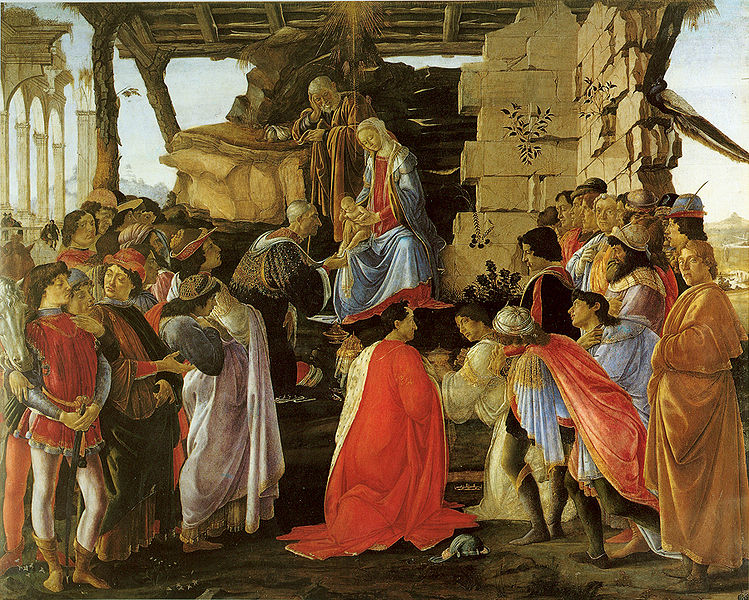
The Uffizi Gallery is the main location to see works by Botticelli: it is home to the what is likely the largest concentration of Botticellis in the world.
Of his early works, observe the Adoration of the Magi (1475-76): commissioned by Gaspare di Zanobi del Lama for his chapel (noe destroyed) in the church of Santa Maria Novella. Here, Botticelli introduces some important innovations for the first time: the front view of the scene, with the holy figures in the center, surrounded by the other characters (up to that time, the three kings were always placed to the right or left of the scene); the holy family is located under a partly destroyed hut, with other semi-destroyed buildings in the background. In addition, Botticelli includes in the painting the portraits of Cosimo de Medici, his sons Piero and Giovanni, and his grandsons Lorenzo the Magnificent and Giuliano.
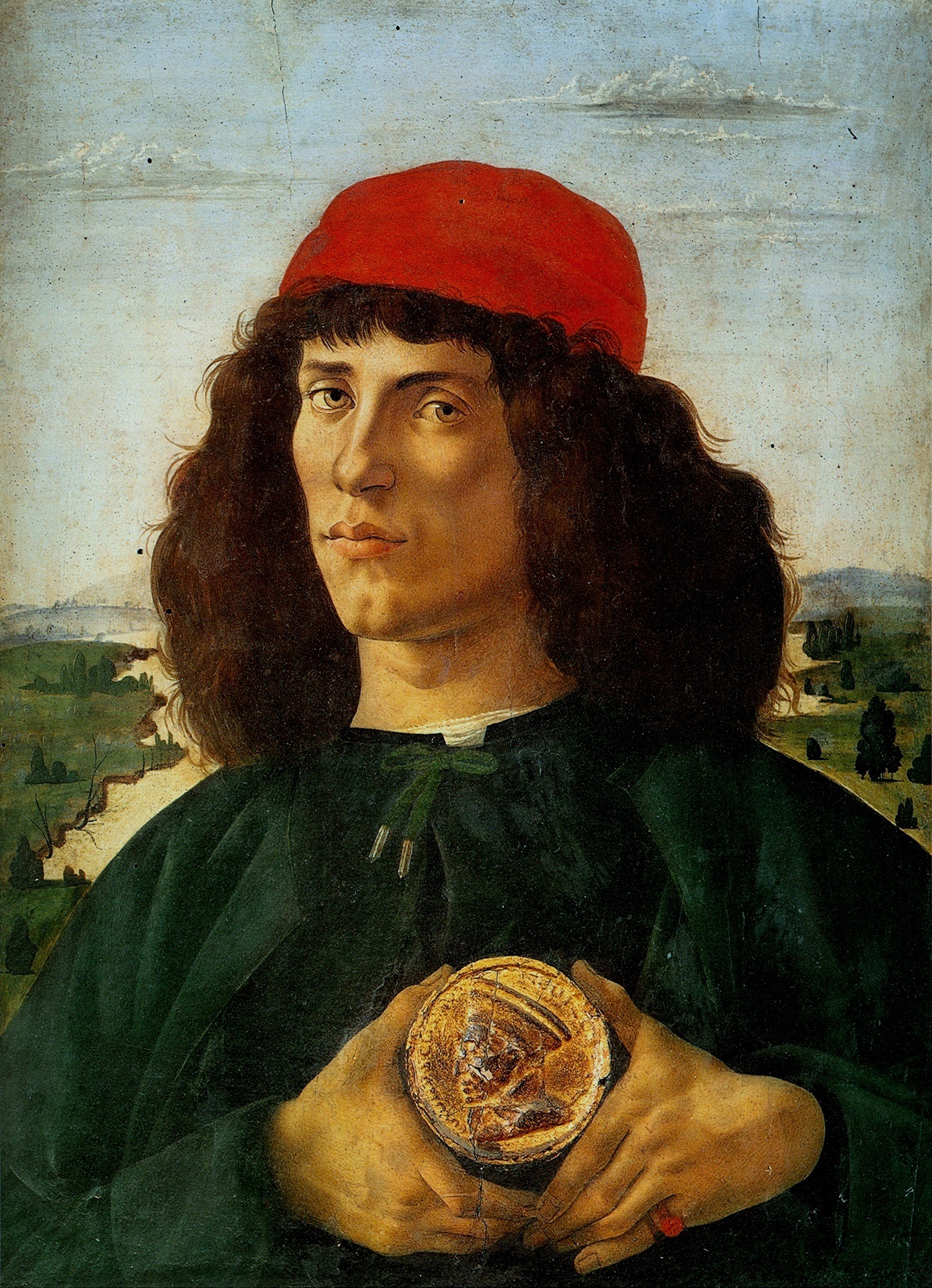
His most famous works by far are, of course, the Primavera and the Birth of Venus.
The Primavera (or Allegory of Spring) was commissioned by Lorenzo di Pierfrancesco de 'Medici (cousin to Lorenzo the Magnificent) and the subject of the painting is not fully clear: there are mythological characters implying various neo-platonic academy theories, and probably also some references to the client and his marriage (1482).
The Birth of Venus is not mentioned in the Medici inventories of 1498, 1503 and 1516, but, thanks to Giorgio Vasari, we know that the work was definitely in the Villa di Castello in 1550, where Vasari was able to admire it, along with the Primavera.
In the Uffizi you can also compare these mythological works for the Medici with two other types of paintings by Botticelli: portraits and Madonnas. These latter images were very popular, domestic works that patrician families commissioned for their homes, and Botticelli’s (with the help of his large workshop) were amongst the most desired. See, for example, the delicate Madonna of the Pomegranite (1487) or the Madonna del Magnificat (1481).
Particularly riveting is the expression of the Young Man with a Medal, a tempera on panel painting showing a man displaying a medal, a replica of a real one of Cosimo de’ Medici, built up three-dimensionally using gesso. The identity of the sitter has been subject of much speculation: he appears to have Medici facial traits but art historians cannot seem to agree.
